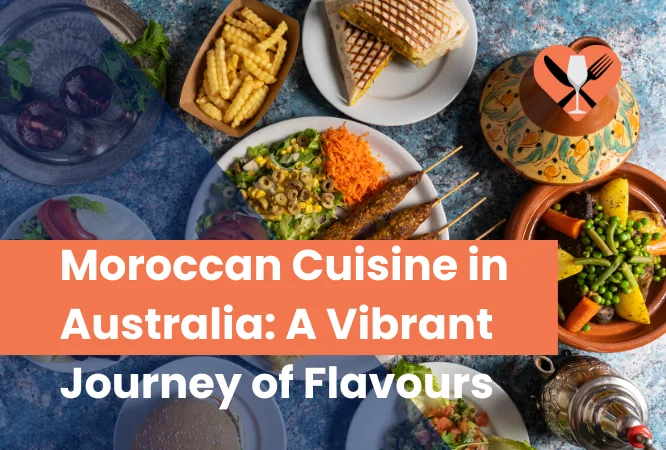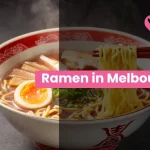Moroccan cuisine, a delightful fusion of diverse cultures and flavours, has made its mark on Australia’s eclectic food scene. From the bustling markets of Marrakesh to the streets of Melbourne, Moroccan food brings together bold spices, fresh herbs, and comforting ingredients in a way that excites the palate. The rich history and cultural influences behind Moroccan cooking make it a true culinary gem, and it’s no surprise that it has captured the attention of Australians eager to try new flavours and embrace multicultural cuisine.
Known for its aromatic tagines, tender meats, and intricate spice blends, Moroccan food is an adventure for the senses. Let’s explore why Moroccan cuisine is so special and discover some must-try dishes that have taken Australia by storm.
Why Moroccan Cuisine Stands Out in Australia
Moroccan cuisine is not just about the taste; it’s about the experience. Rooted in centuries of tradition, Moroccan food incorporates influences from Arabic, Berber, Mediterranean, and even French cultures. The result is a cuisine that’s vibrant, full of character, and unafraid of bold flavours.
One of the standout features of Moroccan cooking is its use of spices. Whether it’s the warmth of cumin, the earthiness of coriander, or the sweetness of cinnamon, these spices come together in perfect harmony, creating complex, layered dishes. For Australians who love food with depth and intensity, Moroccan cuisine is an exciting way to indulge in rich flavours.
Furthermore, Moroccan cuisine celebrates the beauty of slow cooking, with dishes like tagine that require patience and care to create perfectly tender meats and vegetables. The communal aspect of Moroccan meals—where dishes are often served family-style—also resonates with Australians, who appreciate a sense of togetherness and sharing when dining.
The use of fresh, seasonal ingredients is another aspect that makes Moroccan food appealing to Australian tastes. With an abundance of vegetables, fruits, legumes, and grains, Moroccan dishes align with the growing trend in Australia towards plant-based and sustainable eating. These meals are not only delicious but also nourishing and healthy.
8 Popular Moroccan Dishes to Try in Australia
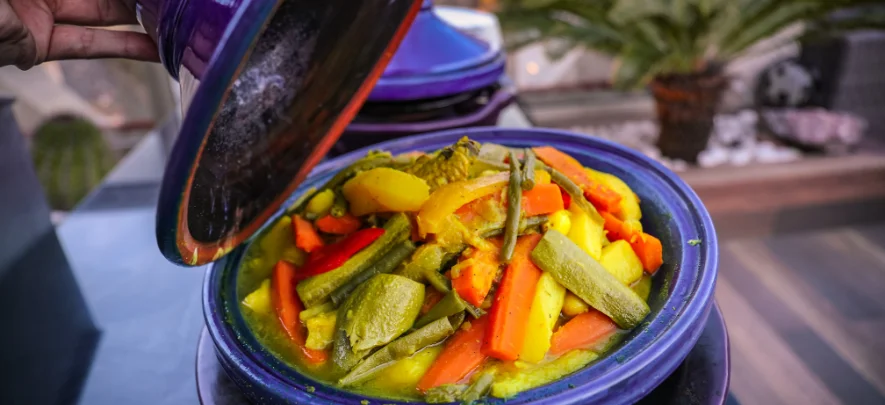
1. Tagine
Tagine is the quintessential Moroccan dish, a slow-cooked stew made in a traditional earthenware pot of the same name. With its signature conical lid, the tagine traps steam, keeping the ingredients tender and full of flavour. A classic tagine can feature lamb, chicken, or beef, along with vegetables and fruits like apricots, raisins, and olives. The blend of sweet and savoury flavours, balanced with fragrant spices like cumin, saffron, and cinnamon, makes tagine a comforting and satisfying meal. Australians have embraced this dish, especially in colder months, as the slow-cooking process results in rich, melt-in-your-mouth goodness.
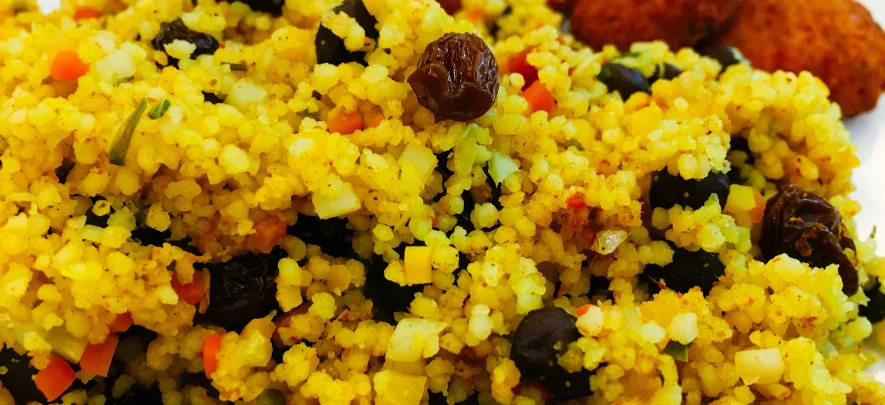
2. Couscous
Couscous is a staple in Moroccan kitchens and forms the base of many meals. Made from steamed semolina wheat, this Moroccan food is light, fluffy, and incredibly versatile. It pairs beautifully with stews, grilled meats, and vegetables. In Morocco, couscous is often served on Fridays as part of a family feast. The addition of spices like turmeric or saffron can elevate the couscous, giving it a golden hue and depth of flavour. Australians, who enjoy healthy and quick meals, often turn to couscous as a base for salads, bowls, or side dishes, making it a popular option for those looking for a nutritious and filling meal.
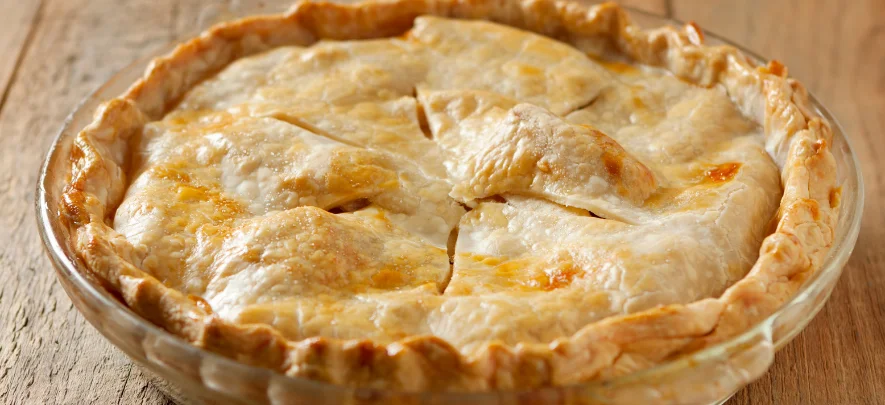
3. Pastilla
A unique and flavoursome pastry, pastilla (also known as bastilla) is a Moroccan cuisine that combines savoury and sweet elements in a way that surprises and delights. Traditionally made with pigeon or chicken, this dish is encased in layers of warqa (a thin dough similar to phyllo) and topped with powdered sugar and cinnamon. The filling typically consists of spiced meat, almonds, and eggs, creating a rich, aromatic dish that is both flaky and tender. Australians love pastilla for its complexity and the marriage of savoury and sweet flavours, making it a true showstopper at dinner parties or special gatherings.
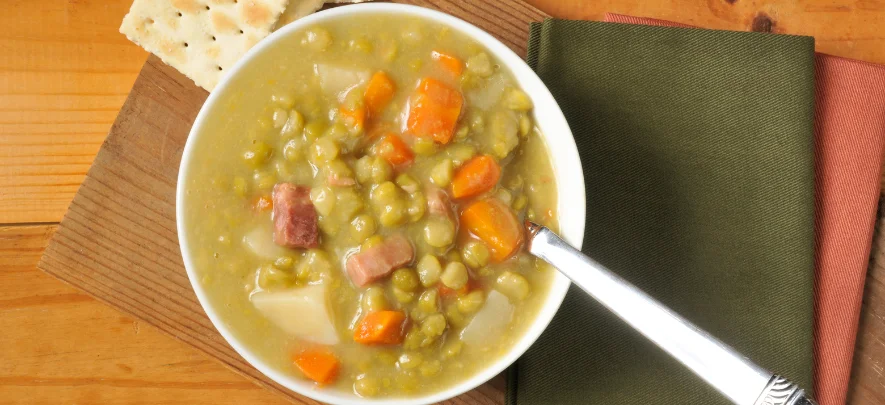
4. Harira Soup
Harira is a hearty, flavour-packed soup often enjoyed during Ramadan to break the fast. It’s made with tomatoes, lentils, chickpeas, lamb, and a medley of spices like coriander, cumin, and cinnamon. The soup is thickened with flour and eggs, creating a rich, filling meal. Harira is not only comforting but also incredibly nutritious, offering a perfect balance of protein, fibre, and vegetables. In Australia, this soup has gained popularity as a warming dish during the cooler months, often enjoyed by those seeking a wholesome, plant-based option or a warming meal after a long day.
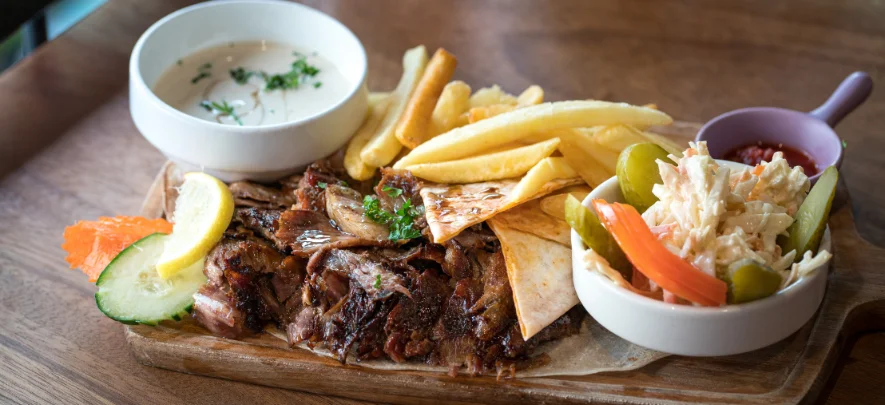
5. Mechoui
Mechoui refers to a traditional Moroccan dish where the whole lamb is roasted on a spit or in a clay oven. The lamb is seasoned with a blend of spices and slow-cooked until the meat is incredibly tender and juicy. It’s often served with flatbreads and a variety of salads or dips. While Mechoui is often reserved for special occasions in Morocco, Australians who enjoy barbecuing and grilling have embraced this dish, often cooking it on the rotisserie for a true Moroccan-style feast.
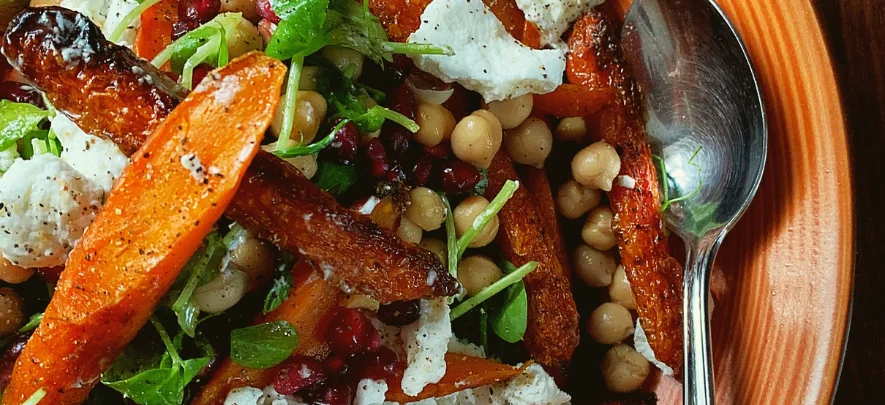
6. Moroccan Salads
Moroccan salads are a refreshing and colourful addition to any meal. They can range from fresh, uncooked salads featuring tomatoes, cucumbers, and herbs to cooked salads made with roasted vegetables like eggplant and peppers. Dressed in olive oil, lemon, and spices, these salads are a great way to enjoy the abundance of seasonal produce. Australians, who love fresh and light salads, appreciate the tangy, herby flavours of Moroccan salads as a healthy side dish or even as a main course for those seeking a plant-based meal.

7. Moroccan Mint Tea
No meal in Morocco is complete without a glass of mint tea, often referred to as the country’s national drink. Made with green tea, fresh mint leaves, and a generous amount of sugar, Moroccan mint tea is traditionally served in small glasses, sometimes accompanied by pastries or sweets. The process of making and serving mint tea is an art in itself, with the tea poured from a height to aerate it and create a frothy top. Australians, known for their love of tea, have embraced this refreshing beverage, often sipping it in the afternoon or after meals to aid digestion.

8. Sweets: Baklava and Makroud
Moroccan desserts are as rich and varied as the savoury dishes, with baklava and makroud being two popular options. Baklava is made from layers of thin pastry, filled with chopped nuts and sweetened with honey or syrup. The crispy texture and sweet flavour make it a crowd favourite. Makroud, on the other hand, is a semolina-based dessert filled with dates or almonds, then fried and soaked in honey. These sweet treats are perfect for ending a Moroccan meal, and they’ve found a home in Australia’s dessert-loving culture.
The Influence of Moroccan Cuisine on Australia
Moroccan cuisine’s vibrant flavours and communal dining style have resonated with Australians, who are known for their love of sharing meals with family and friends. The versatility of Moroccan food—whether it’s a hearty tagine, a fresh salad, or a sweet dessert—has made it a popular choice for a wide range of dining occasions, from casual weeknight dinners to festive gatherings.
The emphasis on fresh ingredients and plant-based meals also aligns with Australia’s growing focus on healthy eating. Many Moroccan dishes feature vegetables, legumes, and grains, making them a great choice for those seeking nutritious and satisfying meals.
Beloved Part of The Culinary Landscape
Moroccan cuisine in Australia offers a rich tapestry of flavours, textures, and cultural influences. From the comforting warmth of tagine to the refreshing zing of mint tea, each dish tells a story of Morocco’s diverse heritage and culinary artistry. Whether enjoyed at home, at a festival or shared with loved ones, Moroccan food brings people together and invites them to explore the tastes of a faraway land. As Australians continue to embrace multicultural cuisine, Moroccan food will undoubtedly remain a beloved part of the culinary landscape, offering a flavourful journey to be savoured time and time again.
More Resources:

